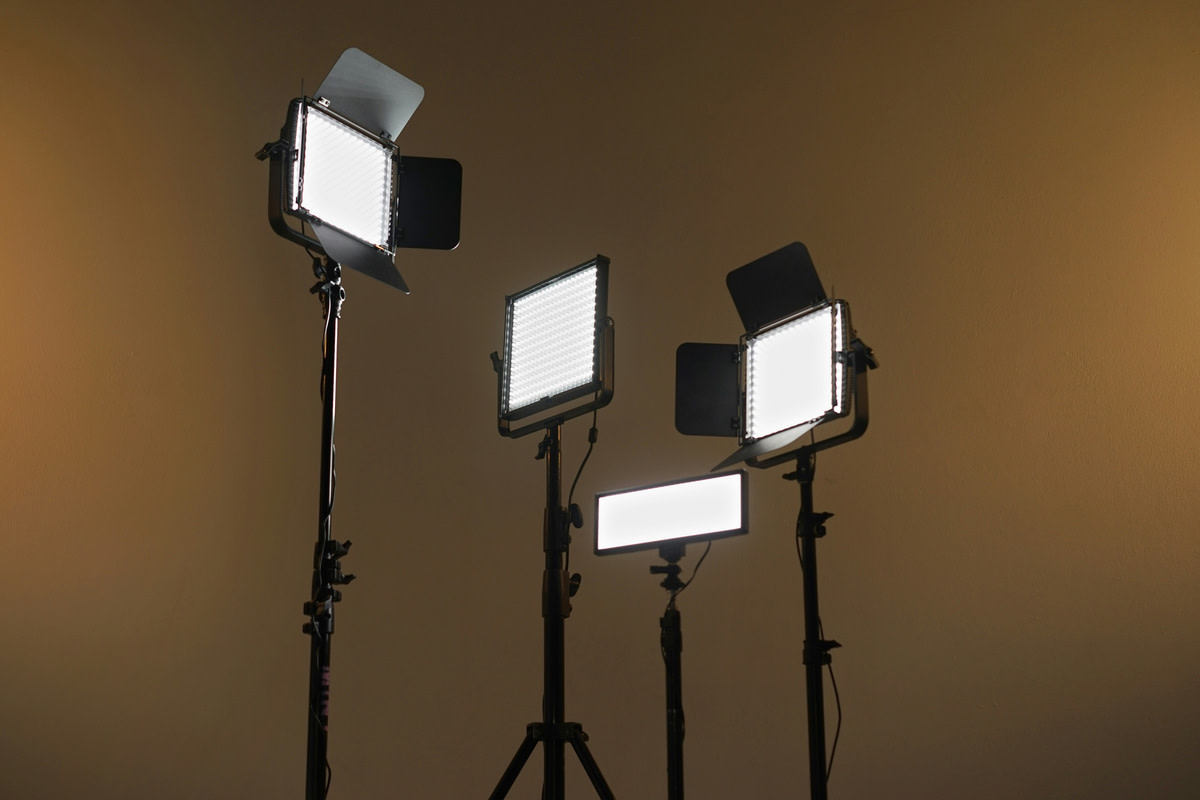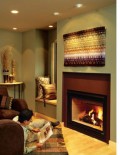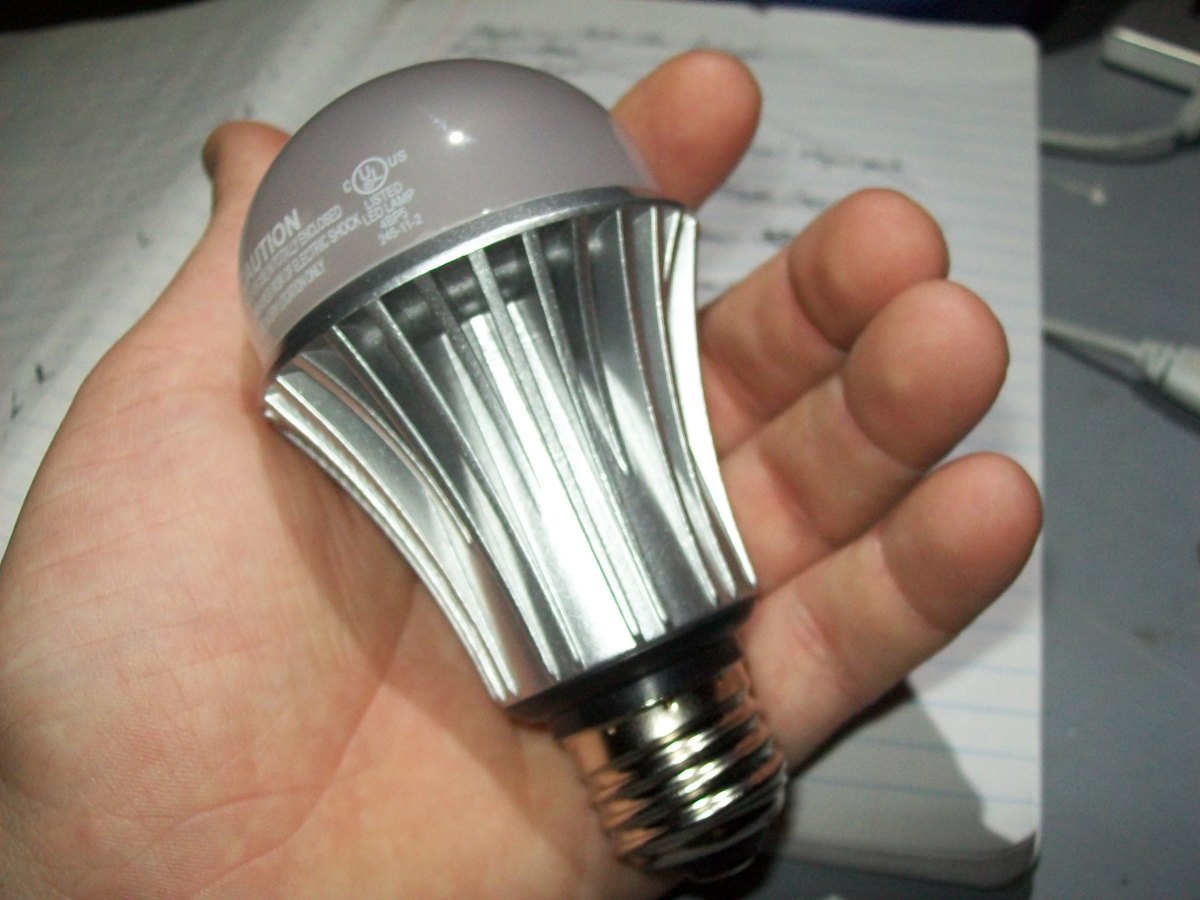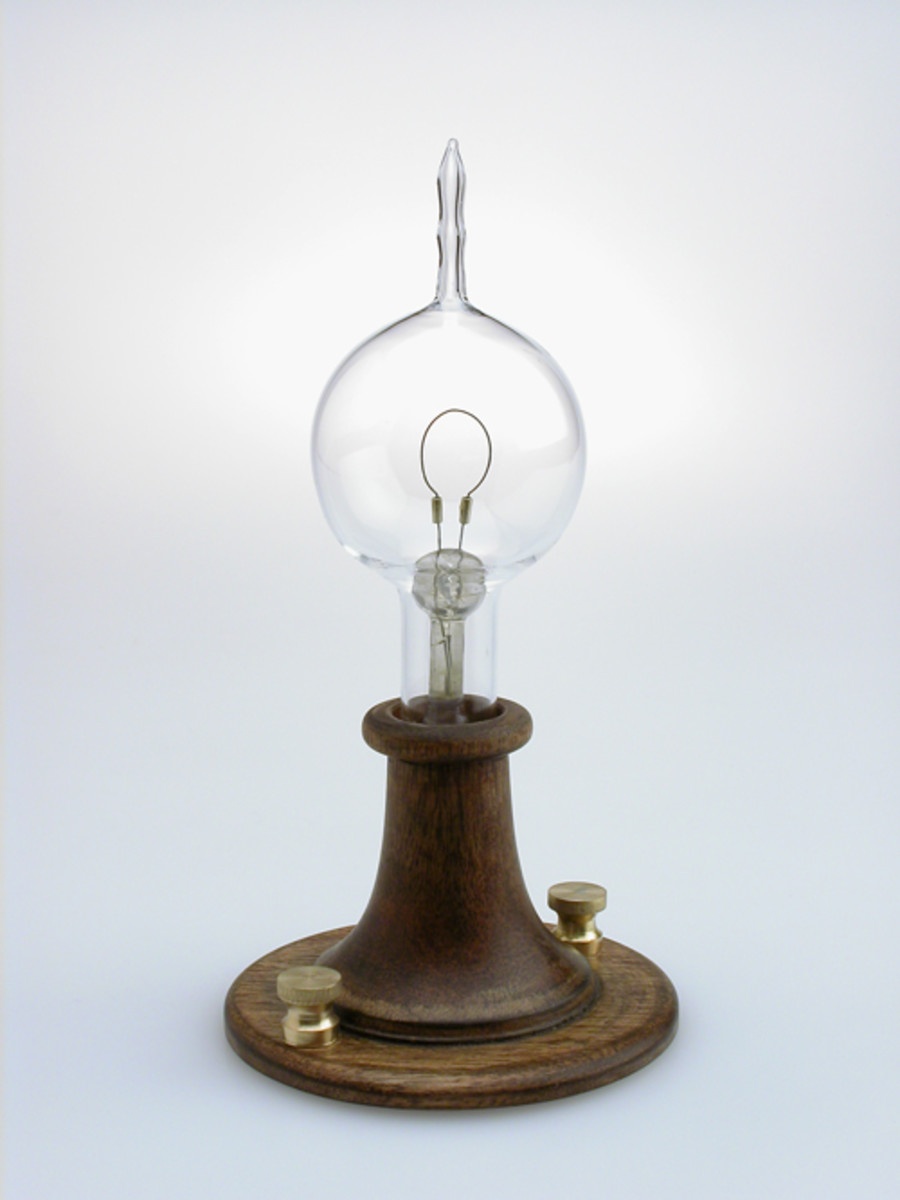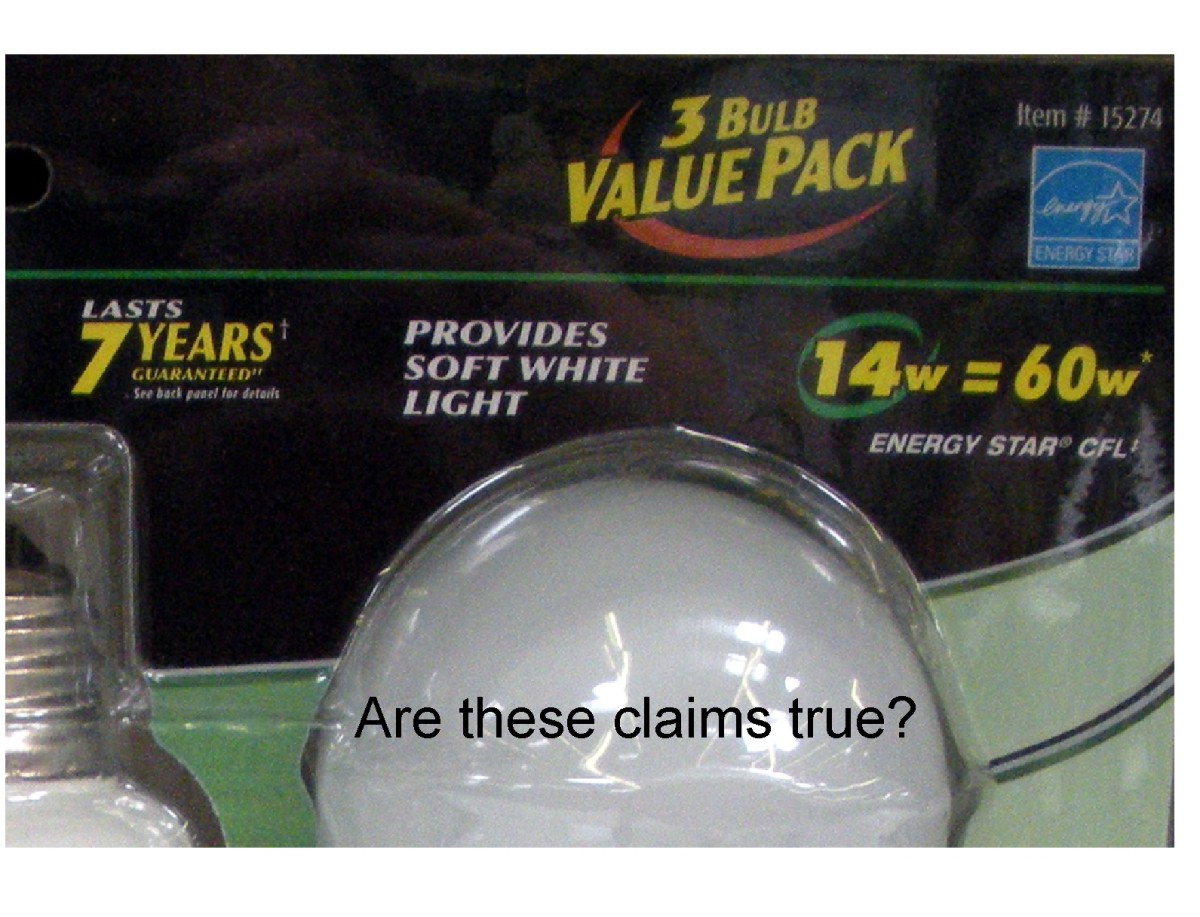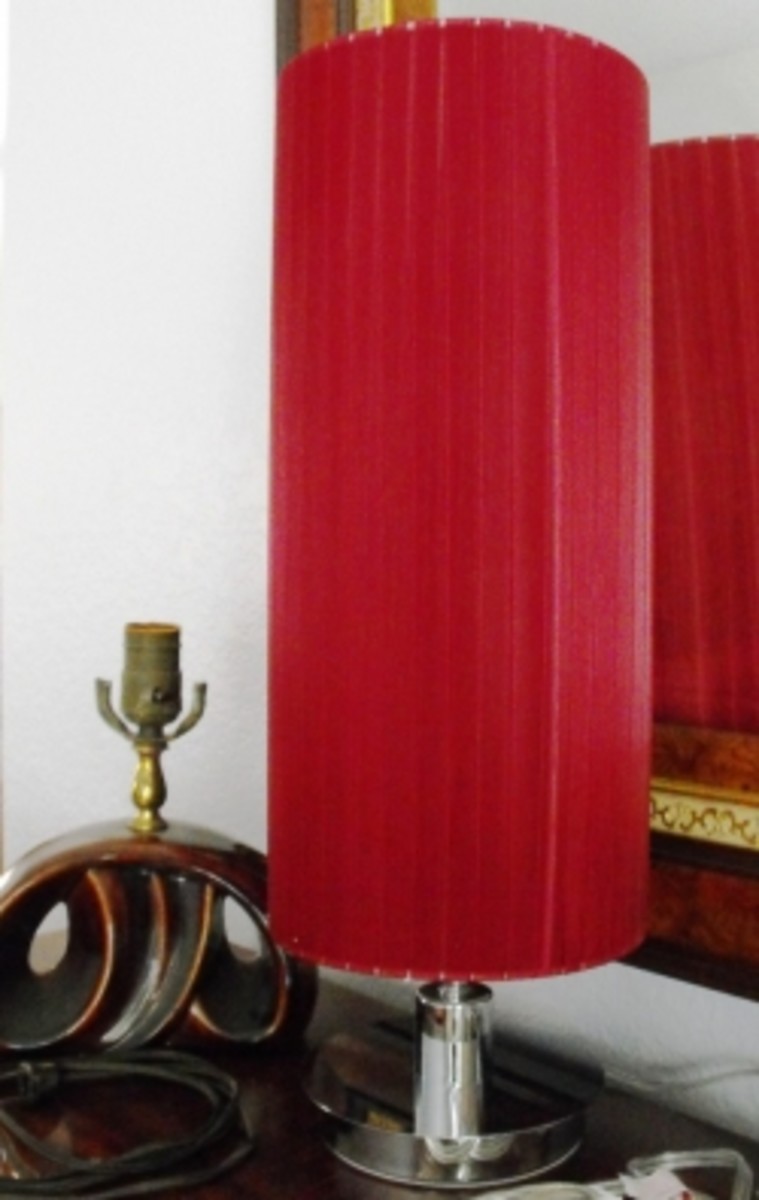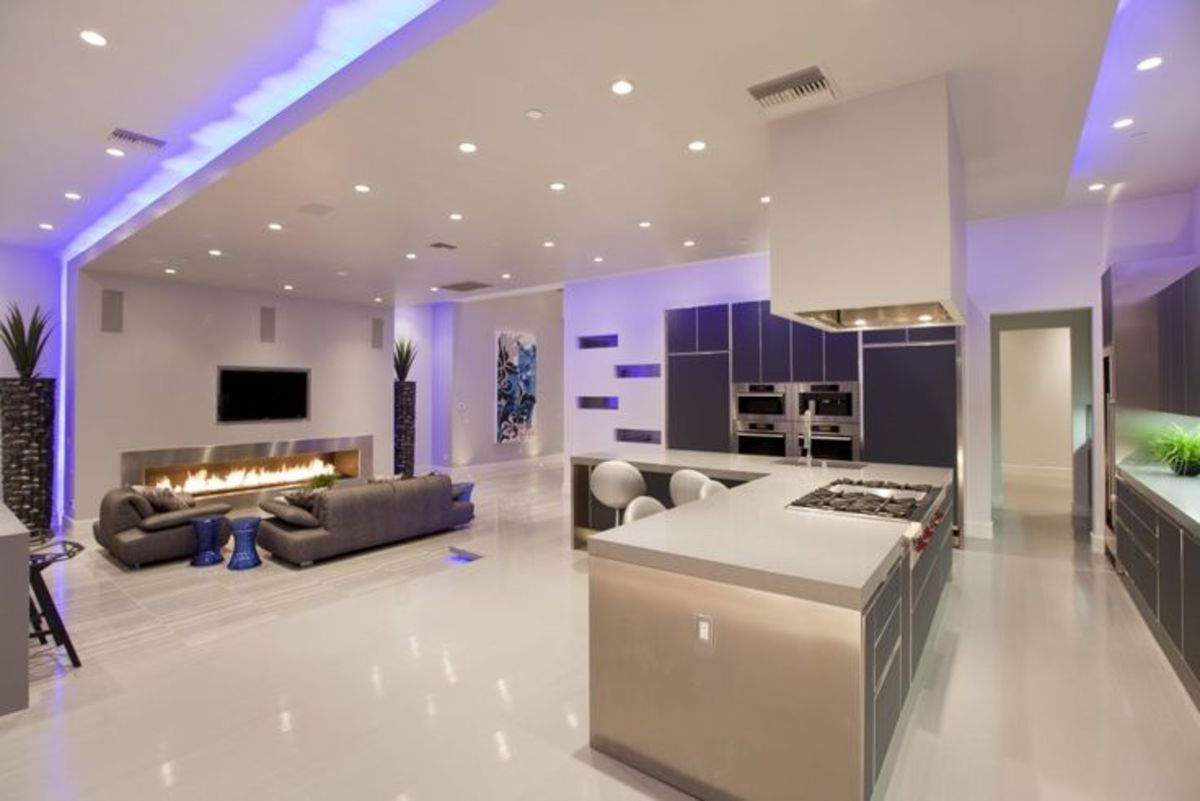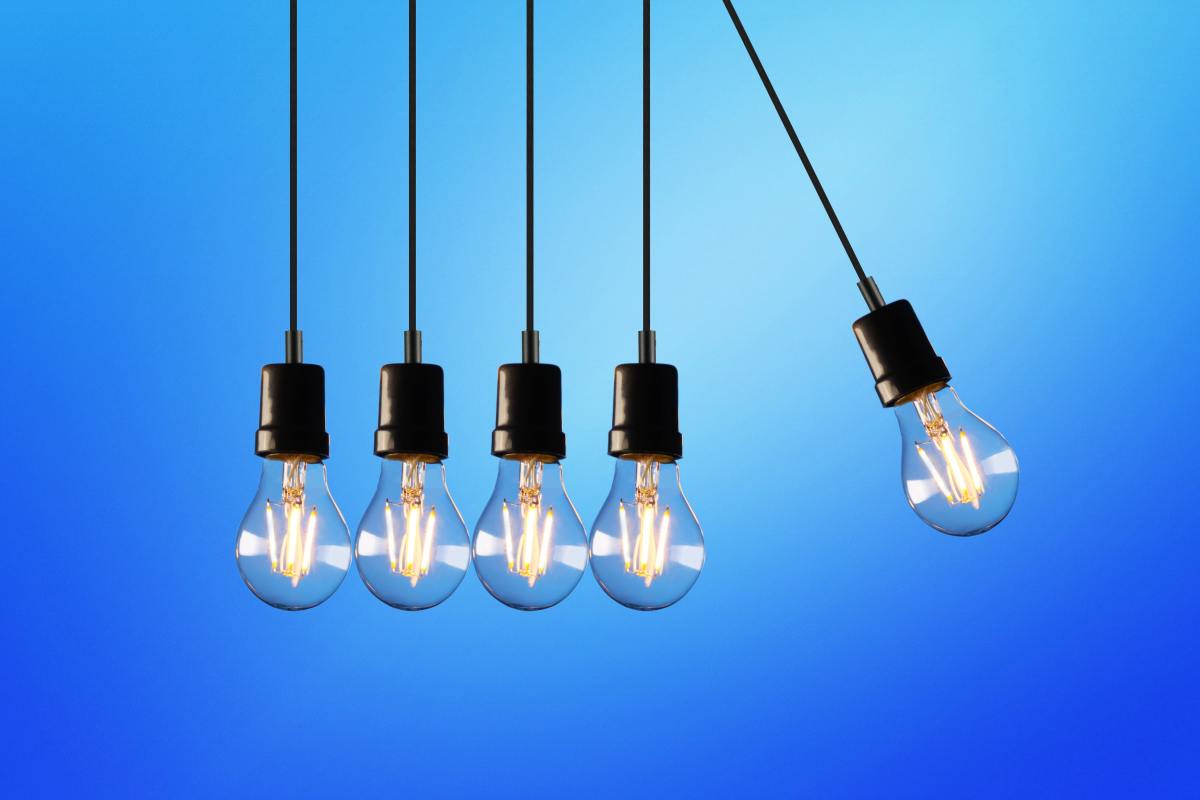- HubPages»
- Home and Garden»
- Home Improvement»
- Lamps & Interior Lighting Improvements
The Benefits of Switching to LED Home Lighting
LEDs are increasingly popular at the moment, and for several great reasons. A growing number of homes are transitioning to this particularly modern style of lighting. It’s hard to ignore the financial and environmental advantages that can most certainly be gained when used instead of traditional incandescent, fluorescent,or even the more recent CFL bulbs..
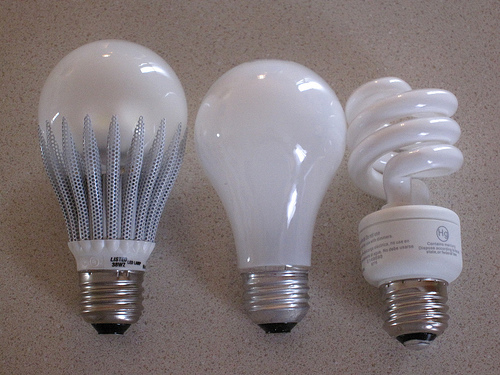
What is LED Lighting?
LED is regarded as an SSL or “Solid State Lighting.” The LED, or “Light Emitting Diode,” is a semiconductor method of getting light. This particular kind of light bulb is proficient in providing a variety of visible light. LEDs are definitely more energy-efficient as they do not scatter lighting like incandescent and compact fluorescent lights do. The bulbs furthermore have a tendency to be quite strong and sturdy, as well as compact..
Thinking About Switching to LED Lighting in your home?
Those who find themselves satisfied with their traditional style lights may perhaps be hesitant to change to LEDs. There are a number of advantages that may convince you should you be unsure regarding the benefits of this kind of technology
LED lights are of benefit considering the fact that:
- They're much less prone to breaking
- Sufficiently small in order to suit restricted spaces
- Contain absolutely no mercury
- Generate minimal heat
- Switching off and on will not reduce lifespan
- Energy efficient models are readily available
Taking into consideration the actual cost associated with LED Home Lighting.
Price is a further factor for householders who aren’t certain with regards to moving over to LEDs. As with every other fresh new technology, products using LEDs were originally quite costly. This price tag has come right down considerably since those earlier days.
Householders can relax with the knowledge that the popularity has continued on, allowing LEDs to be all the more economical as this technology is further enhanced and perfected.
It’s also significant to keep in mind that LEDs can help you save cash in other ways.
They typically last considerably longer compared to standard incandescent bulbs.
In some circumstances they can carry on working as good as the first day for hundreds of times longer than non LED bulbs, therefore you need to buy a lot less light bulbs! Energy saver LEDs are generally up to 85% more efficient, and that means you won’t be paying a lot out in utility bills.
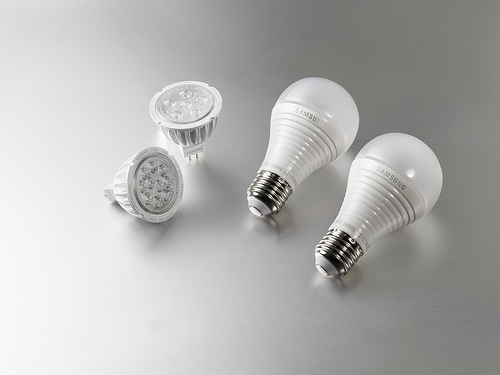
Are LED Lights a Smart Decision for Your Property?
There are quite a few good reasons to move to Led lights. Your property can certainly become a lot more comfortable and secure with light bulbs that don’t produce noticeable heat as well as they create better illumination. A few people don't like the strong brightness produced by some LEDs. Generally if the visual experience is an issue, make certain you check around and search for brands which provide “warmer” variations. Several are available, such as some developed to be able to produce light that appears similar to the glow of an incandescent bulb.
LED lighting light fixture technology allows a wide array of available color temperatures for white LEDs (e.g., warm white, natural white, cool white, daylight). Due to the fact the "warmer" color temperature white LEDs require more yellow phosphor coating compared to the "cooler" color temperature white LEDs, the warm white ones are always less bright than cool white assuming all other variable remain constant. You may see some variation and color inconsistency among white LEDs. Check the color temperature of the LED light if possible. The temperature has 4 digits, and also the bigger the number, the bluer the light will appear. Incandescent light is generally close to 2700K-3000K and that is what you ought to look for in case you want to replicate the "warm" look associated with incandescent light.
One additional benefit associated with LED lighting is much reduced chance of fire, since Led lamps and electrical wiring don't generate high temperatures if put into use correctly with a 12VDC light that could be linked to the power converter above. Fluorescent light bulbs produce heat and also have been known to catch on fire. LED lights are usually not sensitive to extreme heat or cold, whereas fluorescents may possibly not function below -10 degrees or above 120 degrees Fahrenheit.
Brightness and Power Consumption
Lumen Output
| Incandescents (in watts)
| CFLs (in watts)
| LEDs (in watts)
|
|---|---|---|---|
450+
| 40
| 9-13
| 7-9
|
800+
| 60
| 13-15
| 12-13
|
1100+
| 75
| 18-25
| 15-17
|
Don’t wait for your older generation of home lights to burn out - right now is actually a good time to switch your halogen downlights with LEDs.
Led lights greatly reduce energy use, cut electricity costs and a high quality LED can light your household for 20 years.
Lighting may account for more than 30% of a house's electricity expenses. By replacing the electricity-eating ‘hot-to-touch'’ halogen lighting with the energy efficient and cost-effective Light Emitting Diodes (LED) light, you reduce ongoing power bills and your carbon footprint.
The newest, energy-efficient LED lights operate at far lower temperature ranges than halogen lamps, are far more durable and merely use a fraction of the energy.
Quality Led lights present you with an effective, focused light that is similar to a halogen lamp but will need considerably less electricity when compared with previous solutions.
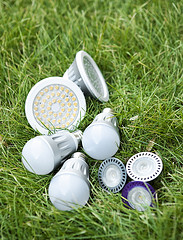
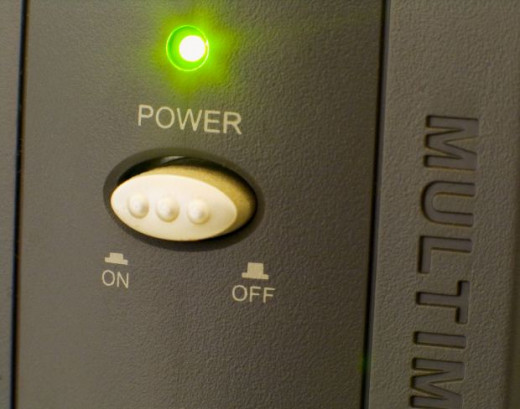
Minimize Electricity Costs & ENERGY Consumption
While electrical power rates rise, LED downlights are more and more popular with both the energy aware individual and the financial budget informed family.
Utilization of a 13W LED light produces 68% less CO2 when compared to a typical 40W incandescent bulb. When compared to halogens, LED lights just use 15% of the electricity and therefore are quite cool to the touch, which increases home safety.
The upfront purchase price of LED lights is easily canceled out by savings as high as 80% on energy usage as well as reduced maintenance expenses. It is not necessary for back-up lighting - LED lights are quickly at 100 % brightness, each and every time.
Long Life LED Bulbs last a very long time!
Replacement globes are nearly a thing out of the past. As soon as installed, a good quality LED light will last up to 15 times longer than a typical halogen downlight and all things being equal, provides you with over 20 years of lighting for a living room, kitchen area or bathroom.
Much more environmentally friendly.
LED lighting will outlast the CFL by tens of thousands of hours whilst allowing even better energy savings. LED lights also possess the additional advantage of not needing to be treated as a hazardous material when discarded,unlike mercury-containing CFL bulbs..
Dimmable LED lights.
Early designs of LED light bulbs had the shortcoming of not being dimmable. On the market now, several LED bulbs are specially designed to be able to function in dimmable switches which are equipped in several lamps and home light fittings. It is important to verify the package in order to make sure the bulb you've decided on is actually dimmable.
Your initial cost associated with LED bulbs could possibly be deceiving to consumers not really acquainted with the newest LED bulbs. Even though the initial expense of the LED bulb is higher when compared with the price of an incandescent or CFL bulb, the savings is recovered as time passes simply because the light bulb will last much longer and use significantly less electricity than other bulbs. You'll notice the savings in your electric bill.
Quite unlike regular incandescent bulbs, LED bulbs create very little heat.
Have you ever changed a hot incandescent bulb?, you no doubt know how the bulb can easily burn your hands. If you happen to touch an LED bulb,(not that you'll be changing one anytime soon due to their amazing long life I just may have mentioned!) it will certainly not burn whatsoever since they produce significantly less heat than incandescent bulbs.
LED Light bulbs = Instant Brightness
Whenever switching on CFLs as well as tubular fluorescent bulbs, generally there is a moderate delay before the brightness is produced, and also some bulbs may possibly flicker during warm up and even during operation. Far apart from fluorescents, LED bulbs, like incandescent bulbs, reach 100 % brightness as soon as they are switched on. This is actually a serious improvement over CFL bulbs in parts of the home in which lights are regularly switched on and off (which also reduces the life span of incandescent,fluorecent and CFL bulbs). Also, LED lights create a constant light that will not flicker.
Do you currently use any LED bulbs as replacements to older kinds of bulbs?
Summary
LED technological innovation has made huge advances over the last few years, with big improvements in high-quality, design and durability.
Today's LEDs offer several benefits...they may be dimmable, are undoubtedly energy efficient, silent, long lived, and available in the market in many light temperatures, both warm and cool. Yet nevertheless - there are attributes of LEDs that still might need improvement, relatively low light output (brightness) of certain models, as well as their higher initial price. LED bulbs don't bring about heat build up in a room.
LED bulbs contain zero mercury, so there is absolutely no significant problem with handling or disposal of LED bulbs. Many LED bulbs (although not all) do not give off ultraviolet light, which can be seen to attract flying insect pests. Buyers ought to be wary regarding new LED bulbs that happen to be priced surprisingly low, are sourced from unknown manufacturers, or possess improbable product promises. Pick from appropriate dimmers intended for your LED bulbs, or programmable DMX or perhaps LED controllers intended for color-changing RGB strip lights and rope lights.
In these modern times, builders of new homes are fitting LED bulbs in many lighting fixtures, and as LED bulb prices continue to drop, this popularity will almost certainly increase.
LED lamps reduce the all round cost associated with lighting. LED lighting costs are a lot less than expenses with incandescent lights.They are also great to achieve an almost zero-maintenance lighting system in your home or business, great for hard to access areas too!
Opt for energy-efficient, long-lasting LED lighting and save cash by substantially lowering your energy costs as well as minimizing your replacement and routine maintenance expenses.
© 2014 Ciaran Moore


